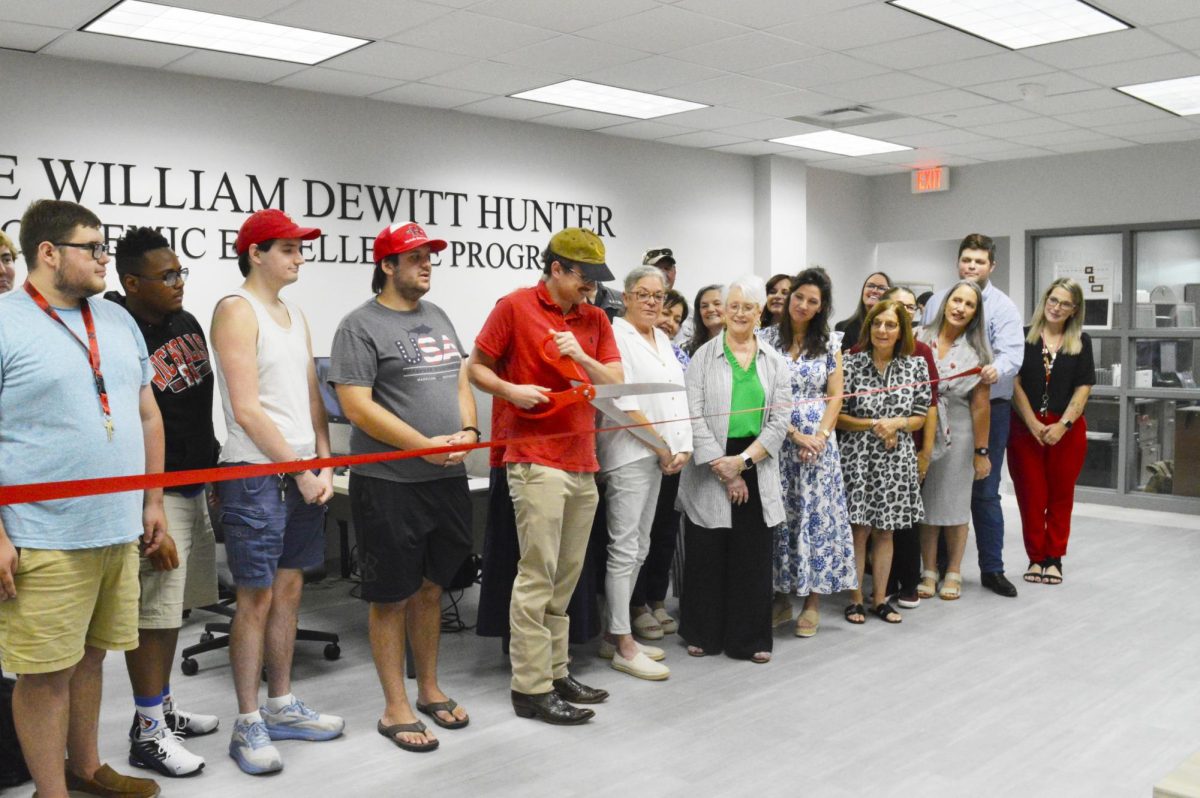As students begin to “spring forward” toward finals, they have a chance to “fall back” an hour before classes due to the end of daylight savings on Nov. 4.
Some Nicholls students said daylight savings time does not interfere with their daily schedules, but their sleeping patterns are out of sync due to the difference in sunlight.
Kaytlyn Aucoin, culinary arts junior from Houma, said she would rather have an extra hour of sleep in the fall, but it takes her a while to get used to the time change because of the change in sunlight.
“It drowns you out faster because it is dark earlier, so you feel like it’s time for bed earlier,” Aucoin said.
Minna Tran, communicative disorders junior from Larose, said she would rather “spring forward” an hour rather than “fall back” because she wakes up two hours earlier than usual in the fall when the time changes.
Since students receive an extra hour of sleep due to daylight savings time, they tend to perform better in school because they are well-rested, and WebMD found that sleep deprivation in students causes them to lose focus in class, resulting in lower grades. If an individual receives 20 minutes less sleep, they can become sleep deprived.
An additional WebMD found that students with C’s and below received 25 fewer minutes of sleep and went to sleep approximately 40 minutes later than students who received A’s and B’s in school.
In an article by the American Broadcasting Company, Dr. Alfred Lewy of Oregon Health and Science University said mood swings occur when the time changes due to the exposure of sunlight. WebMD stated it takes an individual, on average, one day to adjust to the time change.
Though some people prefer to start their day earlier in the spring, studies have shown that this loss of an hour can be dangerous in a work environment if employees do not get enough sleep.
A 2009 study conducted by Scientific Daily found that when the time changes in the spring, more accidents occur on the job because of the loss of sleep. In a 24-year span, the study found that 576, 292 injuries occurred while working. When the time changes, 3.6 more injuries were recorded the Monday after the time changed in the spring.
American inventor Benjamin Franklin first observed the idea of daylight savings time when he wrote a letter to the Journal of Paris in 1784. Franklin was a believer in the philosophy of getting enough sleep, which led him to originate the proverb that states, “Early to bed, early to rise, makes a man healthy, wealthy and wise.”
The actual utilization of daylight savings time derived in Britain by builder
William Willett, who called the idea “summer time” to improve the “health and happiness” of citizens and to save money spent on artificial light. During that time, clocks were pushed forward 20 minutes in April and 20 minutes back in September.
On March 31, 1918, daylight savings time was officially utilized in the United
States as an energy preserver during World War I shortly after the United States
Congress established time zones throughout the country on March 19 of the same year.
Daylight savings affects routine
Tiffany Williams
•
November 8, 2012
0
More to Discover







